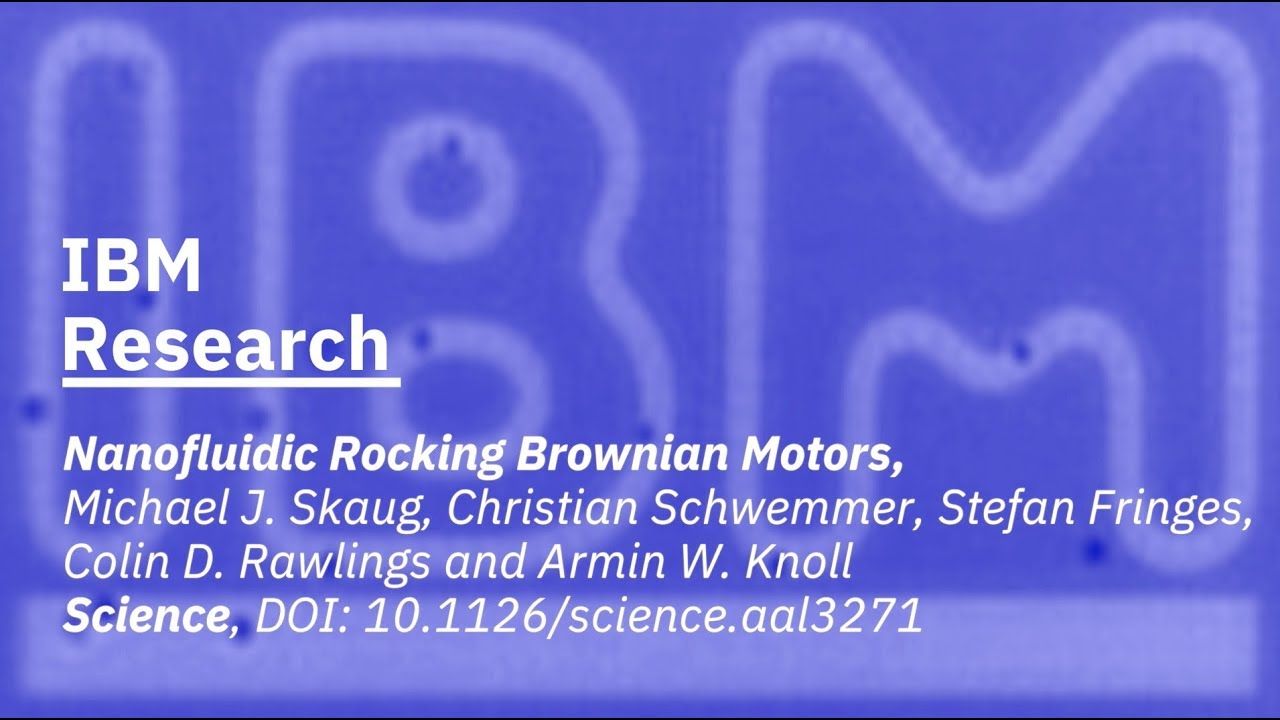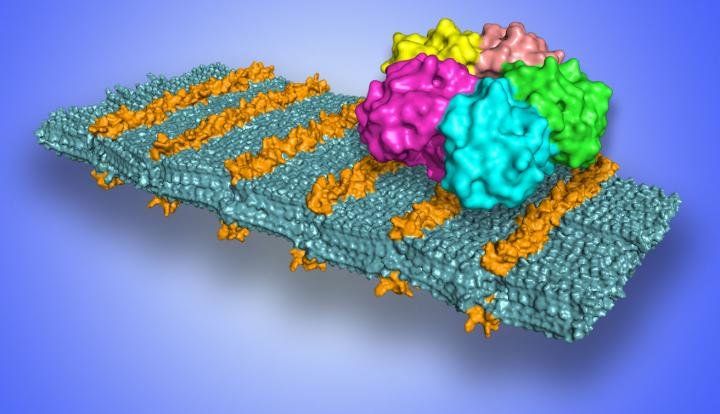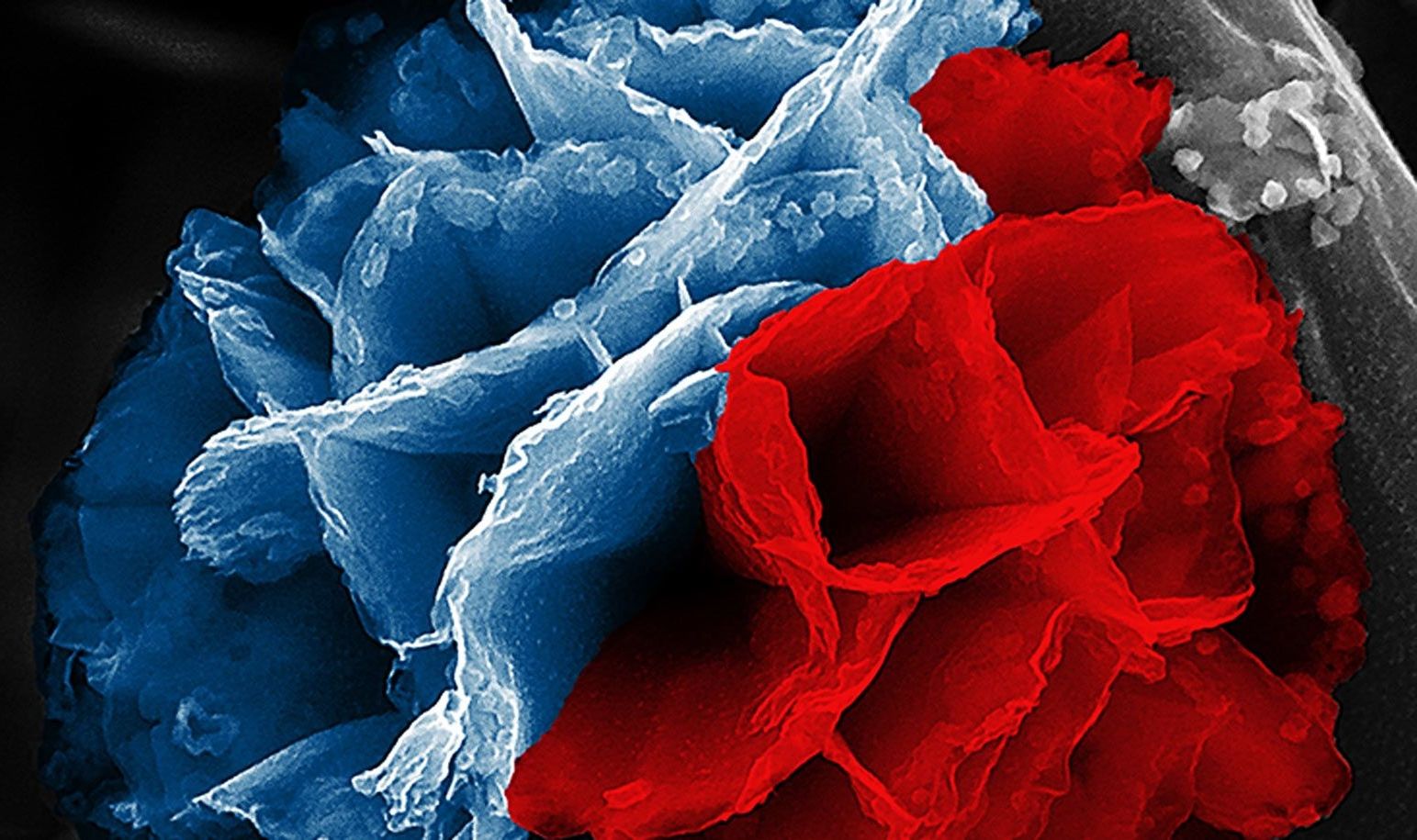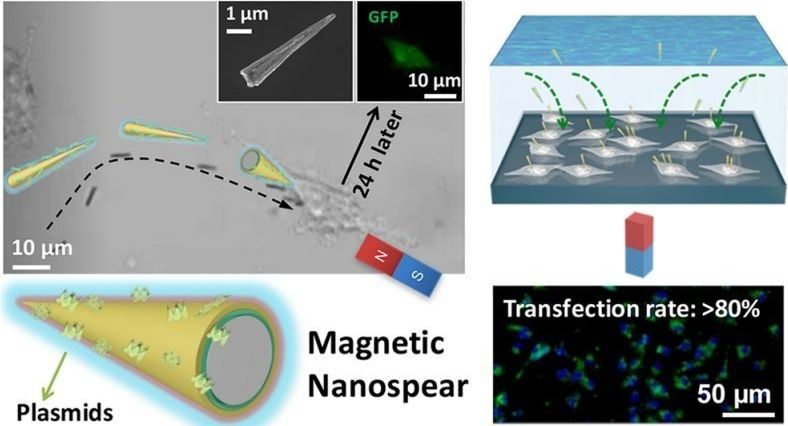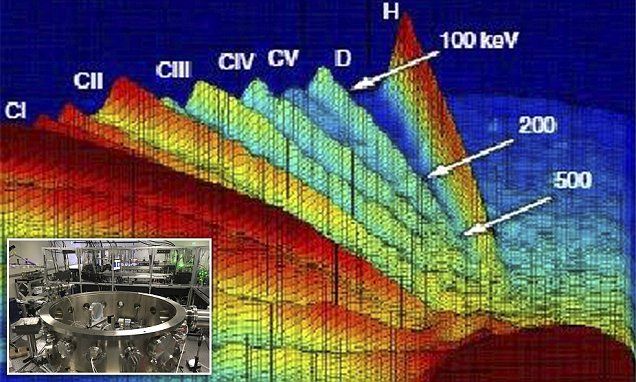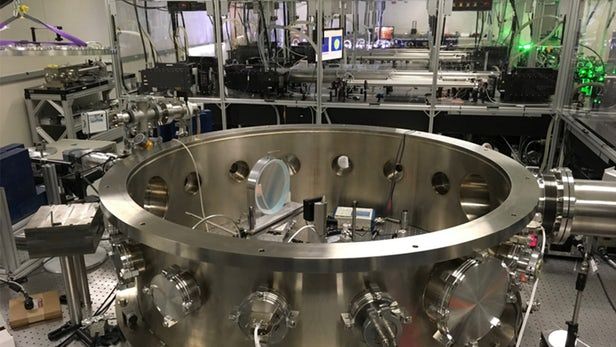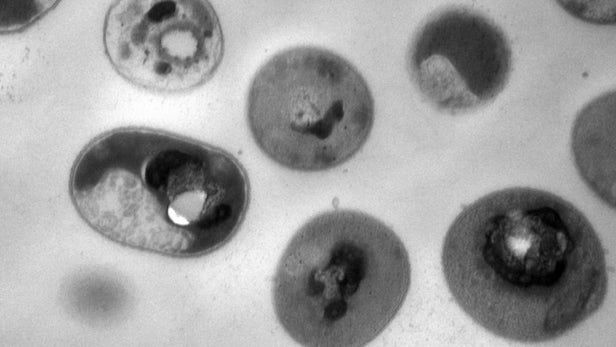Today, our IBM Research team published the first real world demonstration of a rocking Brownian motor for nanoparticles in the peer-review journal Science. The motors propel nanoscale particles along predefined racetracks to enable researchers to separate nanoparticle populations with unprecedented precision. The reported findings show great potential for lab-on-a-chip applications in material science, environmental sciences or biochemistry.
No More Fairy Tales
Do you remember the Grimm version of Cinderella when she had to pick peas and lentils out of the ashes? Now imagine that instead of peas and lentils you have a suspension of nanoparticles, which are only 60 nanometer (nm) and 100 nm in size — that’s 1,000 times smaller than the diameter of a human hair. Using previous methods, one could separate them with a complicated filter or machines, however these are too bulky and complex to be integrated into a handheld lab-on-a-chip.
